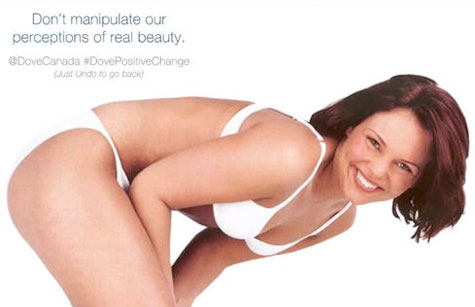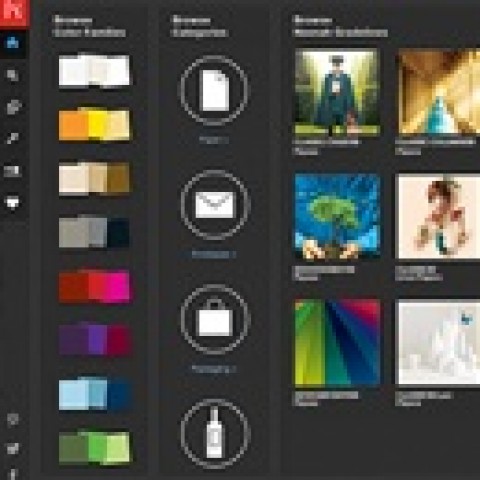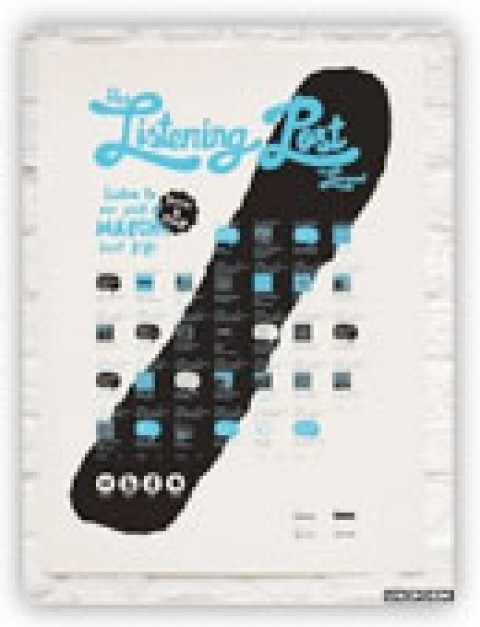
In short, they planted a Photoshop action called “Beautify” on several websites that feature handy one-click photo effects; this one promised to add a skin-glow to the subject of any image. In actuality, when an editor applies “Beautify” to a photo they’ve been working on, it does away with all the changes they have made to that photo, presumably returning all the wrinkles, split ends and cellulite the editor had removed. (Thankfully, hitting “Undo” cancels the effect.)
[youtube=https://www.youtube.com/watch?v=m0JF4QxPpvM]
The stunt is part of Ogilvy’s Dove “Real Beauty” initiative that’s been running since 2006, kicked off by an ad that showed just how much retouching models are subjected to. While this latest campaign has garnered praise from those who decry the unrealistic body images peddled in the media, it also opens the door to a whole new branch of unsettling marketing tactics.
It’s hard enough to be a photo editor or designer working with legitimate technology that can be infected by viruses and other malware at any time. Now that Ogilvy and Dove have successfully highlighted how easy it is to vandalize design, perhaps the next Photoshop action, typeface or stock image we download may destroy our creations rather than raise our awareness.











